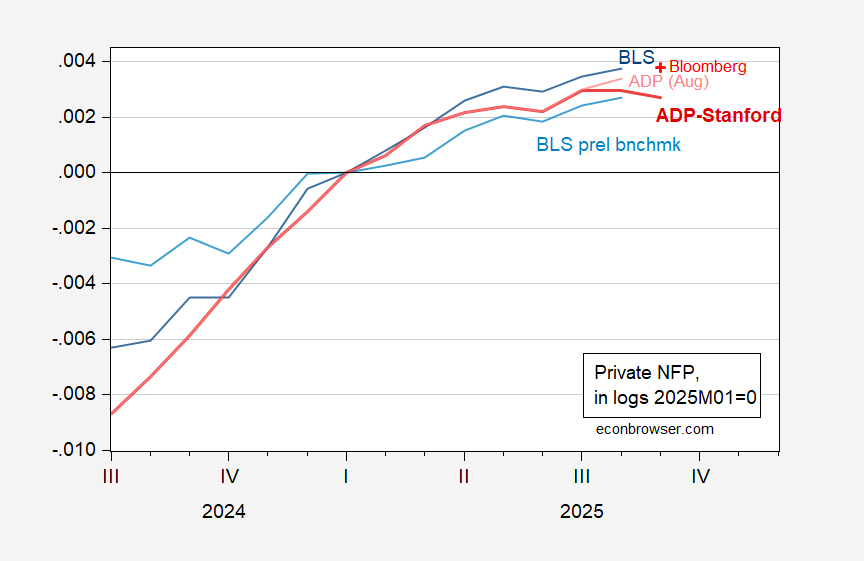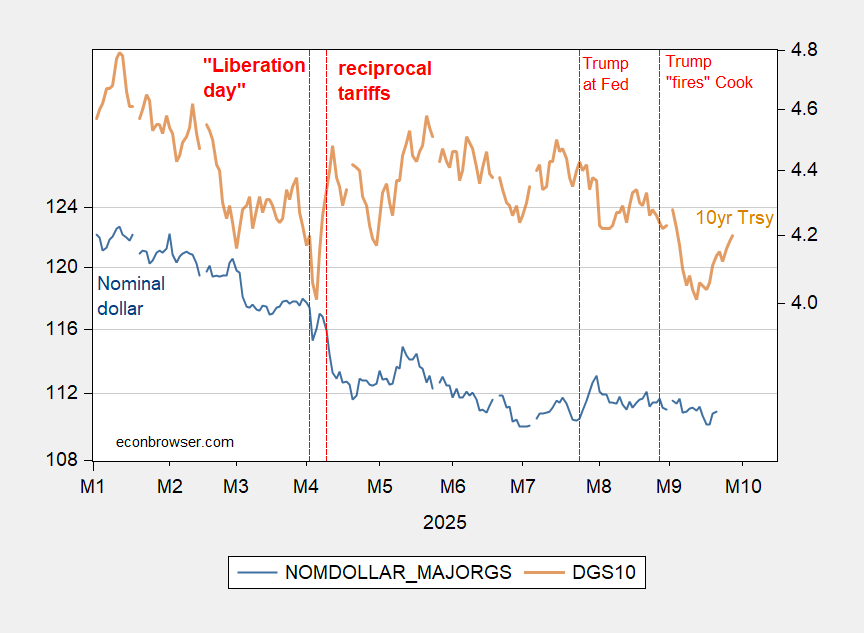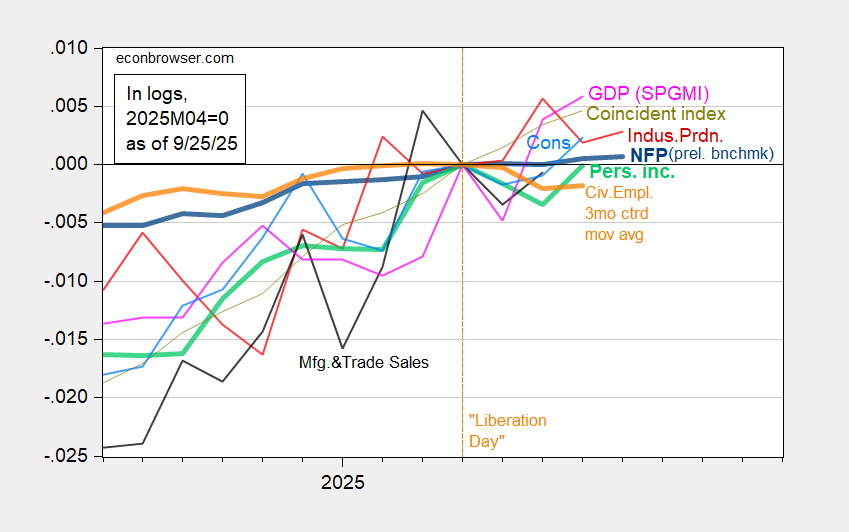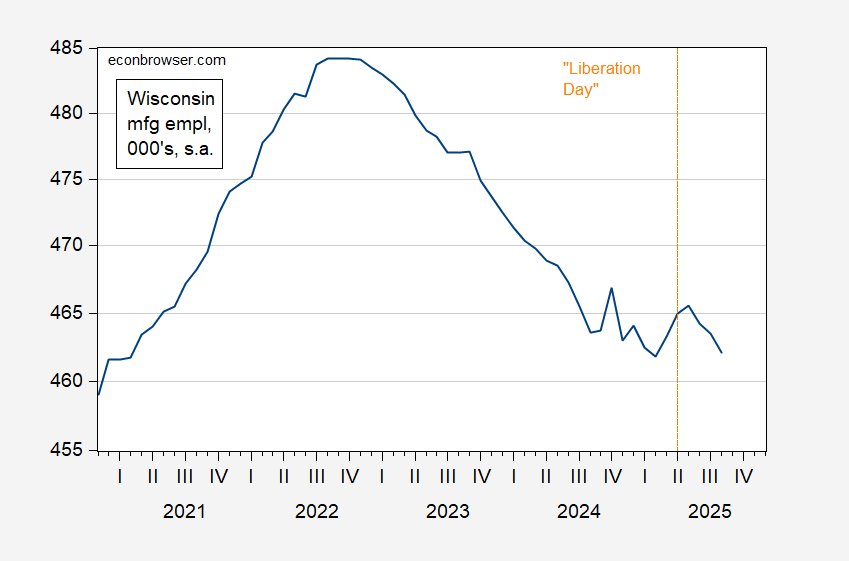
As we await the Bureau of Labor Statistics (BLS) to release the September employment numbers this Friday, the ADP report provides an early glimpse into the state of the job market. This month’s data is particularly significant, as it offers insights into trends that may influence economic policy and the broader labor landscape.
The ADP National Employment Report is a key indicator for the labor market, reflecting private-sector employment changes. This report is especially pivotal this month due to the anticipation surrounding the BLS’s comprehensive figures, which will offer a more detailed look at employment trends.
In analyzing the data, we can observe various trends that emerge from the ADP figures. These numbers are calculated by taking into account the payroll information from a wide array of businesses, providing a snapshot of job creation across sectors. The report typically highlights employment changes in sectors such as manufacturing, service industries, and construction, offering a nuanced view of where job growth is occurring.
In September, the ADP report indicated a notable shift in job creation, with some sectors experiencing growth while others faced challenges. The detailed breakdown from the ADP-Stanford Digital Lab shows August’s employment figures alongside preliminary estimates for September, allowing analysts to gauge momentum in the job market. The included graphic, which illustrates these trends, highlights the difference in job creation between sectors, painting a picture of resilience in some areas while revealing weaknesses in others.
The importance of this report cannot be overstated as it sets the stage for discussions on economic stability and growth. Economists and policymakers will scrutinize these numbers to understand the labor market dynamics, which are vital for shaping future economic policies. A strong job market is essential for consumer confidence and spending, which in turn drives economic growth.
With the current backdrop of inflation and rising interest rates, the implications of the ADP report extend beyond mere numbers. These figures can influence Federal Reserve decisions regarding interest rates and monetary policy, making it crucial for stakeholders to stay informed about employment trends.
As we look forward to the BLS report and its implications for the economy, the September ADP data serves as a critical tool for understanding the current employment landscape. The anticipation surrounding these reports underscores the interconnectedness of labor statistics and broader economic health, providing a sense of urgency for policymakers to act in ways that support job growth and economic stability.
In conclusion, while we await the BLS numbers, the September ADP report offers a preliminary look at the job market’s health, revealing both strengths and weaknesses that will have lasting implications for the American workforce. As we navigate these uncertain economic times, understanding these trends will be key to advocating for policies that promote equitable growth and opportunity for all workers.


